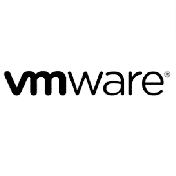Seminarinhalt
.... Zur Videobeschreibung
Programm
- Malware History
- Malware Goals
- Types of Malware
- Advanced Persistent Threats
- Indicators of Compromise
Introduction to Malware Analysis
- Types of malware analysis
- Goals of malware analysis
- Impact analysis
- Containment and mitigation
- Incident prevention and response playbooks
- Setting up sandbox environment
- Cloud-based malware analysis
Static Malware Analysis
- Executable analysis
- Extracting secrets
- Determining if file is packed or obfuscated
- Fingerprinting the malware
- Pattern matching using YARA
Behavioral Malware Analysis
- Malware detonation
- Sysinternals suite
- Network communication analysis
- Monitoring system events
- Memory dump analysis
- Simulating real environment
Malicious non-exe files
- Alternative binaries
- PowerShell scripts
- Office documents
- JScripte
- HTML documents
- Living off the land binaries
Advanced Techniques used by Malware
- Malware persistence methods
- Malware stealth techniques
- Covert channel communication
- Domain Generator Algorithms
- Anti-VM and Anti-debugging tricks
Defending against Malware
- Windows security solutions
- Anti-Virus software
- EDR software
- Principle of least privilege
- Application Whitelisting
- Virtualization
- Network and domain segmentation
Zielgruppen
- Enterprise administrators
- infrastructure architects
- security professionals
- systems engineers
- network administrators
- IT professionals
- security consultants
- other people responsible for implementing network and perimeter security
Vorkenntnisse
- a good hands-on experience in administering Windows infrastructure
- at least 5-8 years in the field is recommended



